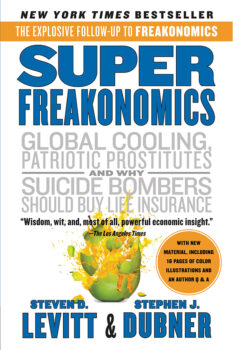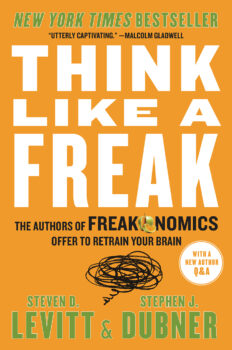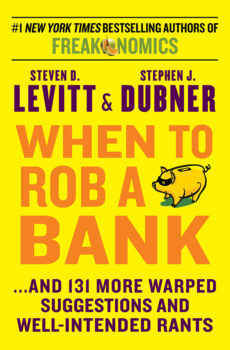Cause of Death: Drinking More Acceptable Than Smoking in UK
A new study in the Journal of Clinical Pathology from Ian Proctor, Vijay Sharma, Mohammad KoshZaban and Alison Winstanley, reveals doctor biases towards smoking and smokers. The researchers looked at 2,128 death certificates, and 236 postmortems issued at a large London teaching hospital between 2003 and 2009. They found that while alcohol was listed as a major contributor to 57.4 percent of death certificates, smoking was only listed as a cause of death in .5 percent of cases, and usually a secondary cause at that. Considering that 279 of those deaths included either lung cancer or chronic obstructive pulmonary disease — that’s a bit strange.
This study serves as a bellwether of the western world’s campaign to stop smoking. Cigarette packages in the UK carry punitive phrases such as “smokers die younger,” and “smoking can cause a slow and painful death.” More recently, every cigarette pack has been required to carry a graphic image as well: pictures of black lung, throat cancer, and even a corpse. Scarier messages and pictures are coming to the U.S. too. There’s no doubt that our attitudes towards smoking have changed immensely; so drastically, in fact, that the authors conclude that doctors would rather lie and spare a family the eternal shame of having a loved-one remembered as a smoking bandit:




